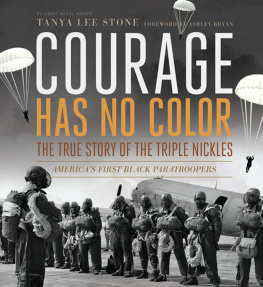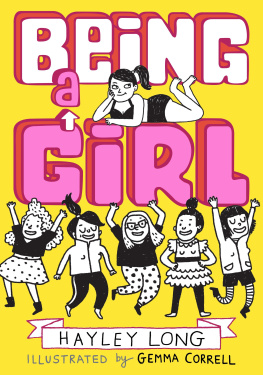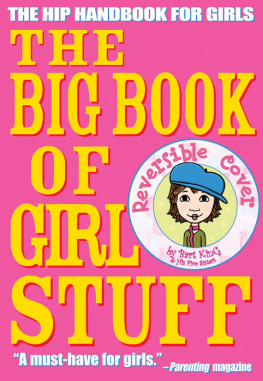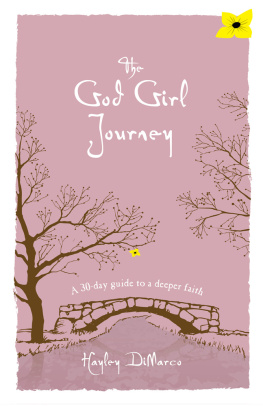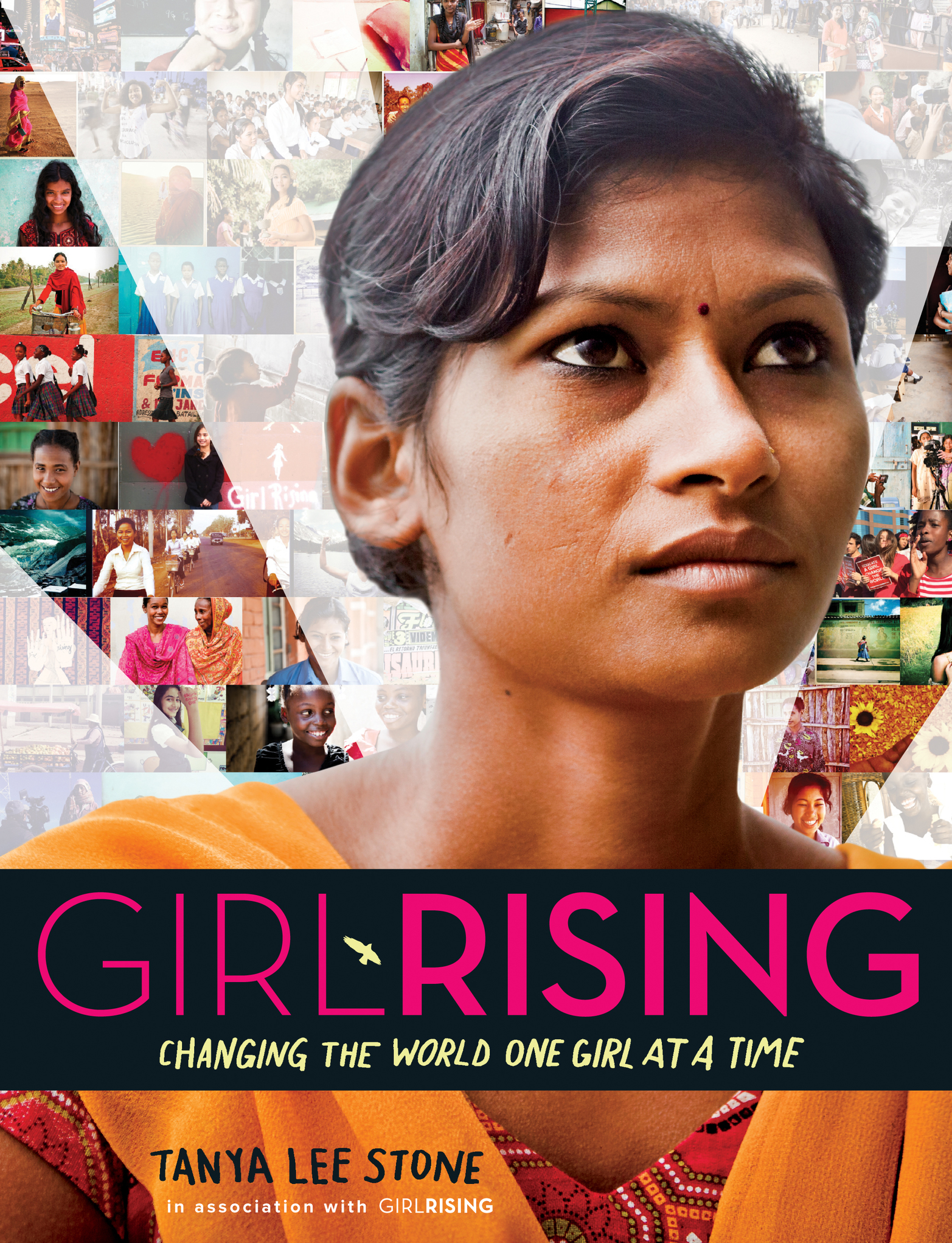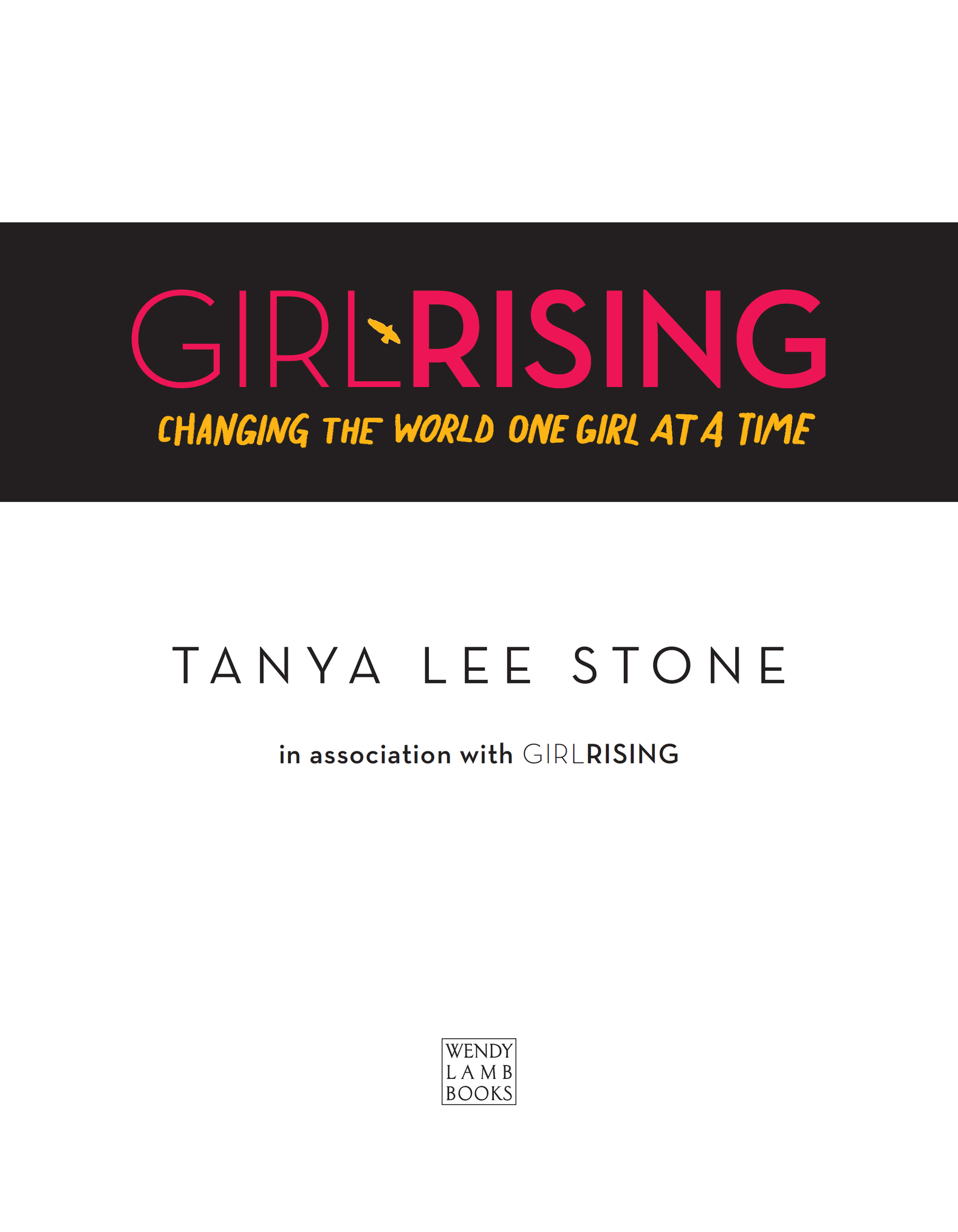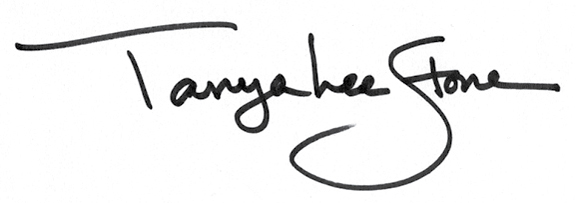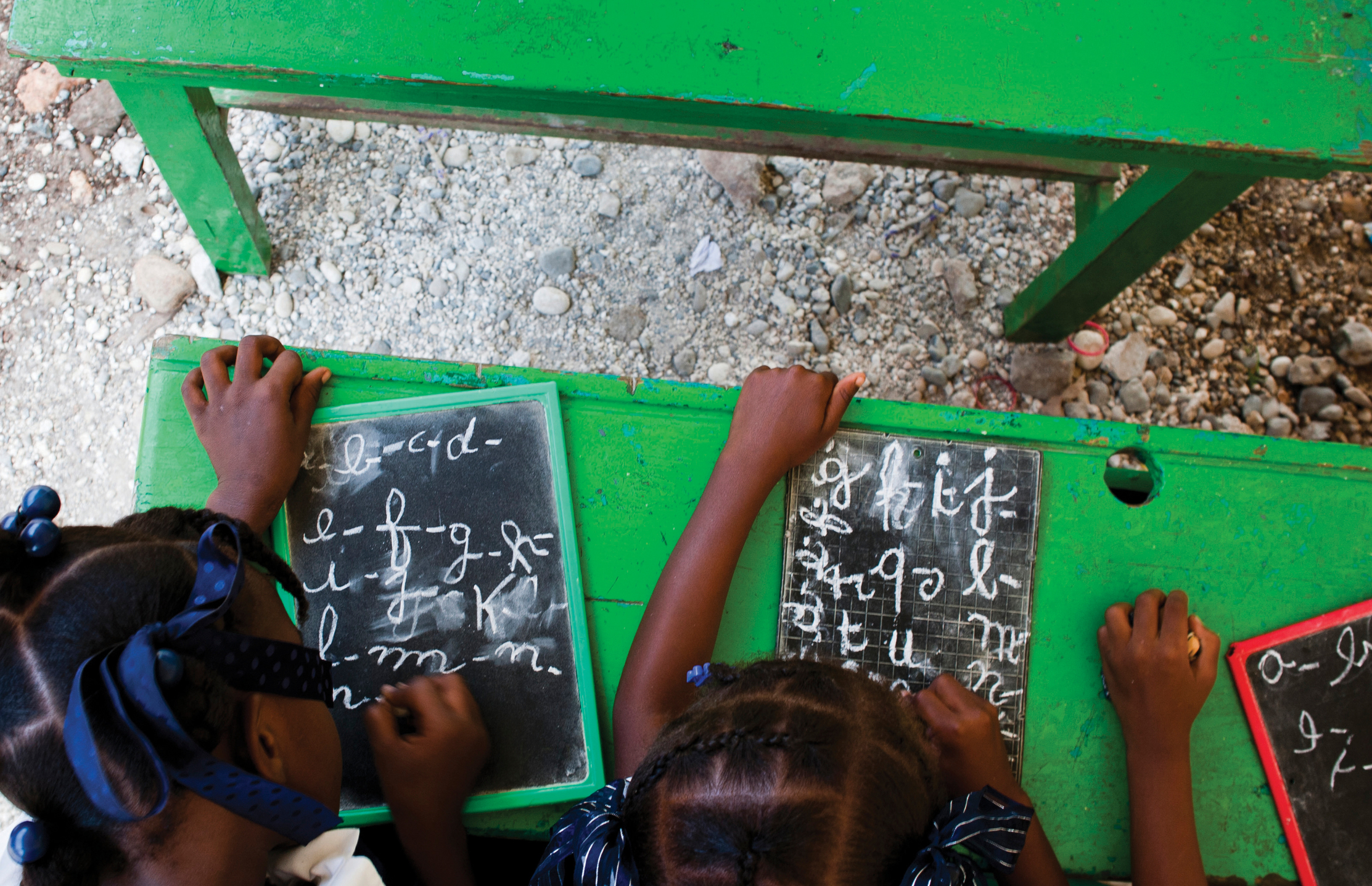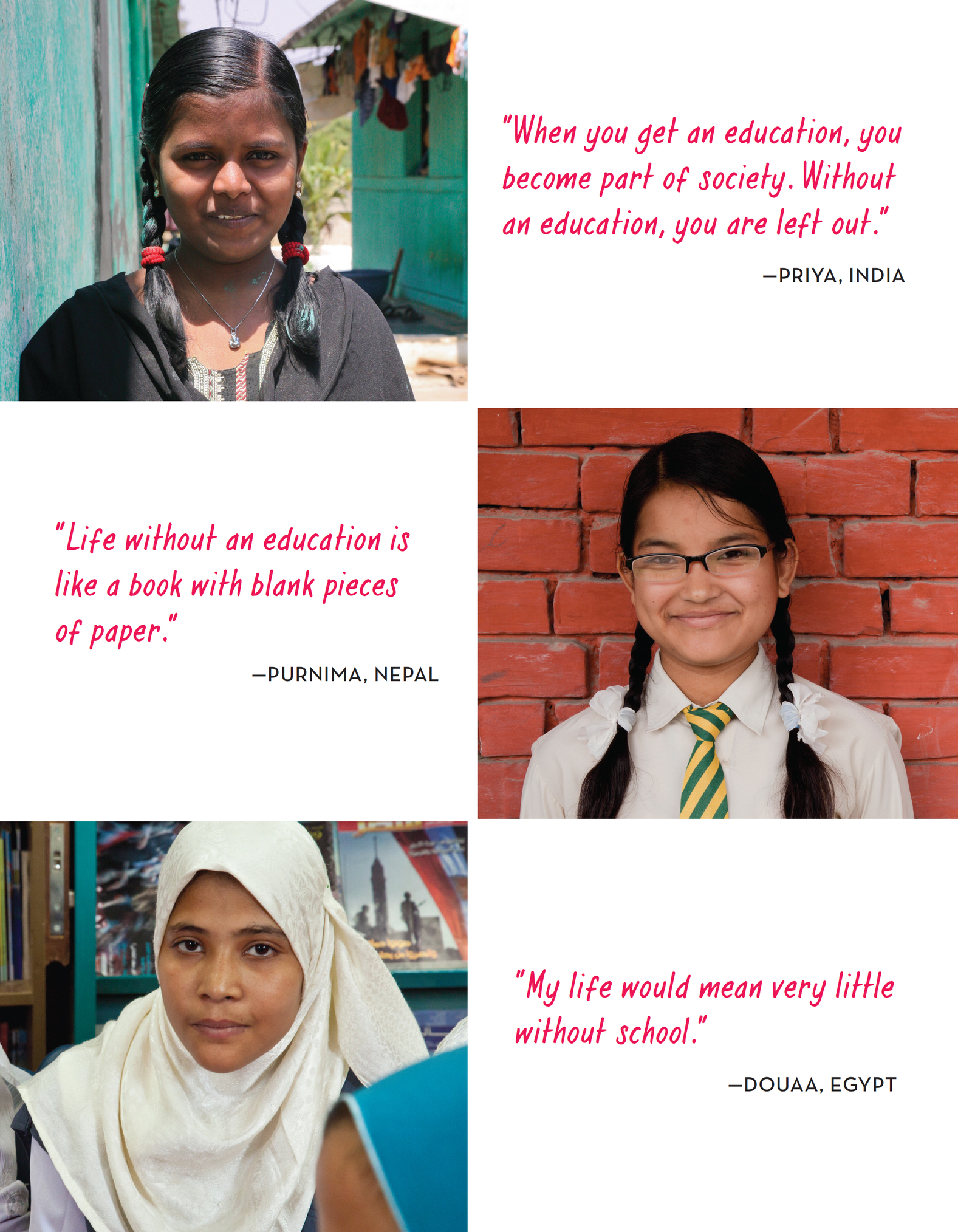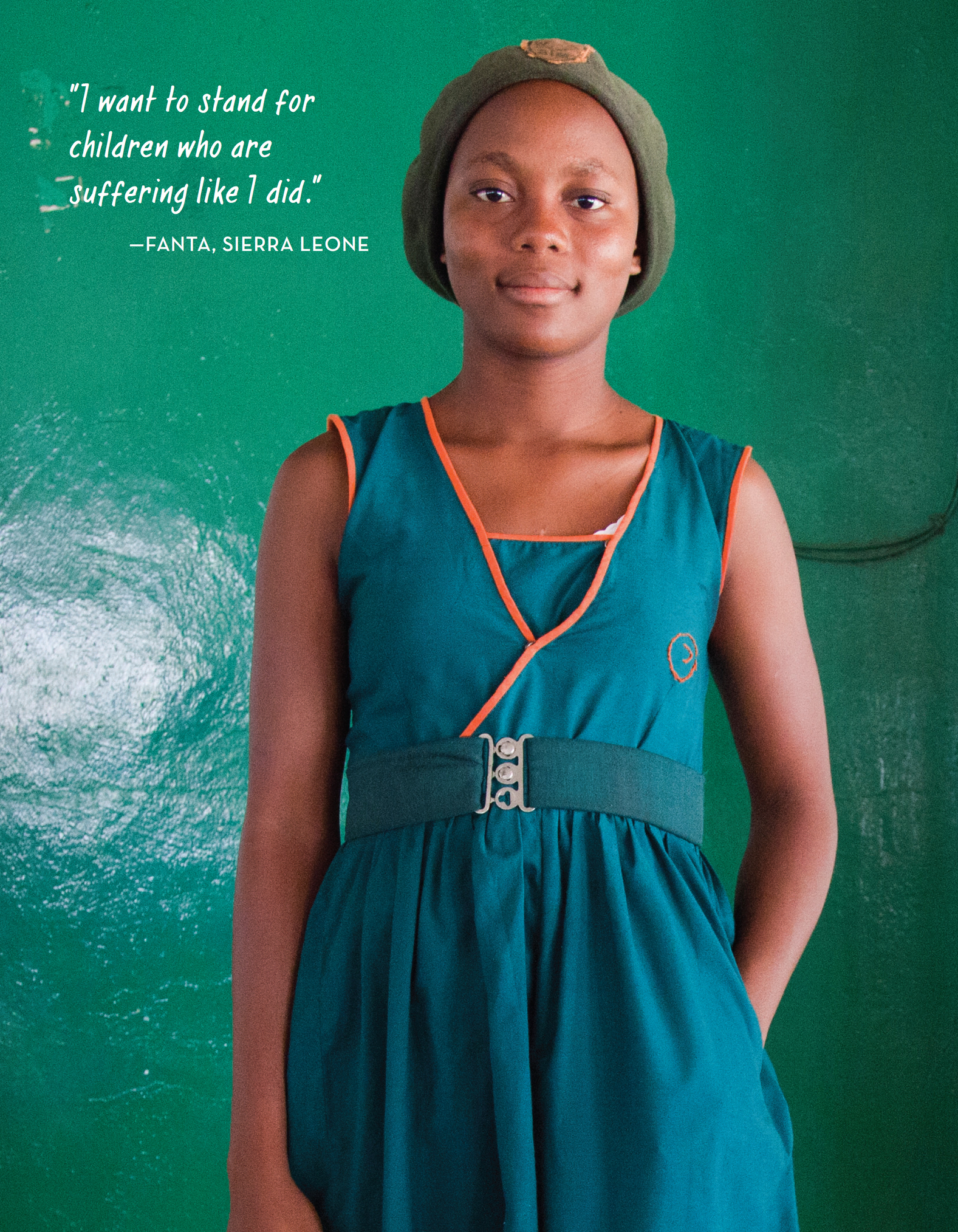Schoolgirls, Nepal.
CONTENTS
Girl Rising film crew, Peru.
WHY (AND HOW) A FILM BECAME A BOOK
In April 2013 I saw the film Girl Rising, in which we meet nine powerful girls and hear their inspiring stories. These girls escaped situations that keep millions of girls worldwide from getting an education. Theirs are stories of hope that represent what is possible but not yet happening on a large-enough scale.
The day after I saw the film, the girls were still very much with me. Their words, their tears, their triumphs were seared into my soul. I had a growing sense of the enormity of the topicand of how little I really knew. What are the major obstacles to education, and what causes them in the first place? Why are these issues so much more of a problem for girls than for boys? What can we do about what seems to be an overwhelming global problem?
As there is only so much content any film can tackle in ninety minutes, my book brain kicked into high gear. How many other girls did the filmmakers interview to be able to narrow it down to nine? Did they have footage of all those girls? Photographs?
I started thinking about how to expand the material so people could learn even more. To my mind, that meant explaining each obstacle to education, while adding stories from many other girls to show how widespread these problems are.
Luckily for me, the Girl Rising producers were excited about my idea and embraced it. They shared more than forty-five hours of raw video interview footage from all the girls they met via organizations running successful girl-focused programs in the countries they visited. They also shared the field notes from the director, Richard Robbins, and the producers. With these astounding resources, combined with my own research, I began a journey to create a nonfiction narrative informed and inspired by their film. The product of that journey is this book; the process has been life-changing.
PART ONE
THE STAKES
It is easy to notice only our own place in the worldwhats right in front of us, and around us, and has been since the second we became conscious beings. When we are babies, our limited view of the world focuses on the people in our immediate family. Soon we notice our home, our neighborhood, our town. As we grow, we begin to see a wider picture of the world and the people with whom we share it. After all, there are more than seven billion other people on earth.
What happens to all those other people affects what happens to us, whether or not we know it, or choose to pay attention. Money, war, natural disasters, literacy, educationthese are all factors that have wide-sweeping influences that connect us to each other, whether we live in a small town in Iowa or a village in Sierra Leone or a city in Thailand. What happens to our fellow citizens on earth shapes all of us.
This may sound simple, but its an important place to start when we think about the ways in which the world could change to make it a more balanced, more humane, more functional place. When it comes to education, one fact affects us all: worldwide, over 62 million girls are not in school. Why is this, and why is it so important?
While the majority of data points to 62 million, these numbers are extremely difficult to measure, and in 2016, UNESCO reported that the number may be as high as 130 million.
THERE ARE A MILLION YOUNG MALALAS
By now, you have probably heard the story of Malala Yousafzai, who spoke out publicly against the Taliban (a fundamentalist Islamic group) for destroying girls schools in her native Pakistan. She was just ten years old. The following year, she wrote blog posts for the British Broadcasting Corporation (BBC) about girls right to education. At first, she used a fake name because it was dangerous to speak out publicly. But even after her identity was revealed, she continued her work and was acknowledged for it, winning Pakistans National Youth Peace Prize in 2011.


